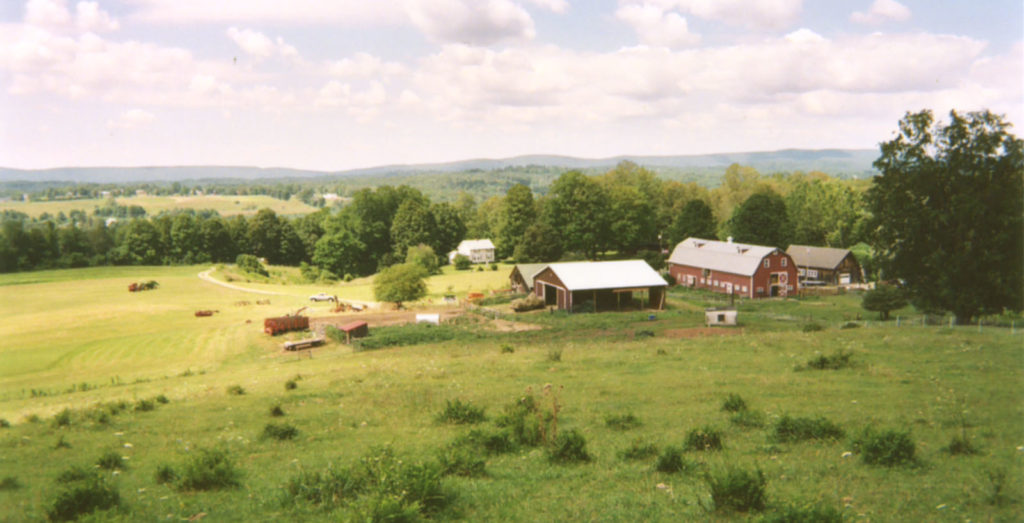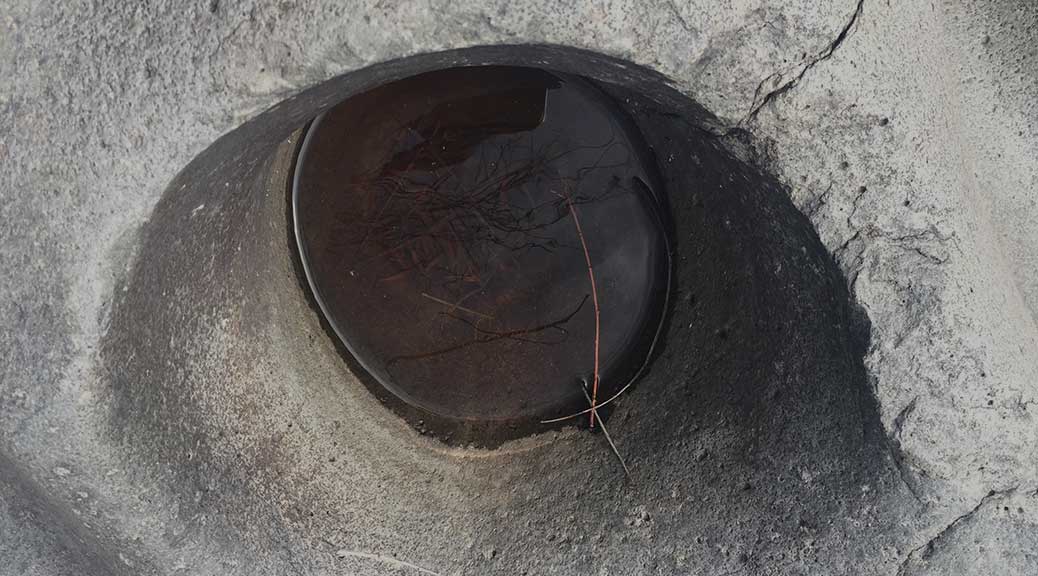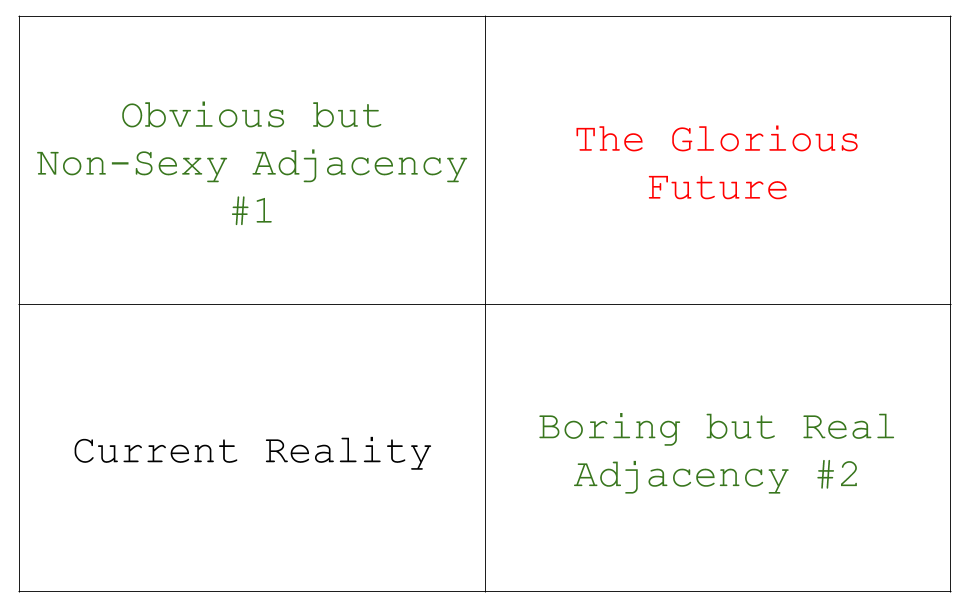State Healthy Soil Policy Map
The US State Soil Health Policy Map is a crowd-sourced policy tracker designed to support the growth of healthy soil and related policies by sharing frameworks and lessons learned. Click on a state and read below to learn more!
| Legislation Passed through 2/10/2024 | Legislation Filed through 2023 | Activity | Interest |
As a collaborative and “living” site, this map is updated by volunteers as policy is conceived, created, and moves forward.
Information on each state is maintained by a “State Curator” or group of curators who serve to keep the space information based, clean and functional. If you are interested in adding information to the resource list below, or to a state page, please email the state curator at <state>@healthysoilspolicy.org (ex: newmexico@healthysoilspolicy.org).
Legislative Status Update
Through February 10, 2024, 26 states have passed Healthy Soils legislation, and Pennsylvania is implementing a Soil Health Program through existing statute.
These 27 states include 57.1% of U.S. farm acreage (502,948,364 of 880,100,848 acres, based upon 2022 National Agricultural Statistics Service Agricultural Census), and 62.9% of U.S. state population (208,044,827 of 330,759,736 people, based upon 2020 Census).
Of these 27 states, all create or empower state agencies to create soil health programs with incentives for implementation, except:
Hawaii (in 2022 legislation passed to create program, but vetoed), and
Nebraska (technical, training and legal assistance program, but not incentives)
The states that have created state agencies to lead soil health programs are:
California, Colorado, Connecticut, Illinois, Maine, Maryland, Massachusetts, Michigan, Minnesota, New Mexico,
New York, Oklahoma, Oregon, Texas, Utah, and Washington.
The states that have empowered state agencies to create soil health programs are:
Arizona, Louisiana, New Hampshire, New Jersey, Nevada, Pennsylvania, South Dakota, Vermont, and West Virginia.
Note that though many of these states empower state agencies to create soil health programs, there are efforts to pass legislation to put such programs in state statutes and to establish reliable funding for those programs. Of the bills filed in 2023, the bills in 9 states (Hawaii, Iowa, Illinois, Kentucky, Michigan, Montana, New Jersey, Nevada, and Oregon) create a soil health program or add soil health to existing programs. Also, Kansas has effectively created and is funding the Kansas Soil Health Initiative in the annual budget, but has not yet established the program in statute.
Changes in Soil Health Policy from 2020 to 2023
Use the arrows below to see the evolution of Soil Health Policy in the United States.
For more information on each state, visit the individual state Policy Information in the next section.
State-by-State Policy Information
Alabama – Alaska – Arizona – Arkansas – California – Colorado – Connecticut – Delaware – Florida – Georgia – Hawaii – Idaho – Illinois – Indiana – Iowa – Kansas – Kentucky – Louisiana – Maine – Maryland – Massachusetts – Michigan – Minnesota – Mississippi – Missouri – Montana – Nebraska – Nevada – New Hampshire – New Jersey – New Mexico – New York – North Carolina – North Dakota – Ohio – Oklahoma – Oregon – Pennsylvania – South Carolina – South Dakota – Tennessee – Texas – Utah – Vermont – Virginia – Washington – West Virginia – Wisconsin – Wyoming – Puerto Rico
Related Resources
- CLIMATE AND AGRICULTURE LEGISLATION ROUNDUP
Compiled in October 2020 by the National Sustainable Agriculture Coalition (NSAC) - CLIMATE SOLUTIONS FOR FARMERS: INVEST IN PROVEN FEDERAL PROGRAMS
Report on carbon markets by the National Sustainable Agriculture Coalition (NSAC)
- BRIDGING NON-TRADITIONAL STAKEHOLDERS
- From Farm to City: Bridging the Urban-Rural Divide with Farmer-Friendly Climate Policy Advocacy, CalCAN
- Healthy Soils, Healthy Communities: Opportunities to Bridge Environmental Justice and Soil Carbon Sequestration, Food First, Silvestri Strategies, Carbon Cycle Institute
- POLICY GUIDANCE
- Article: Farming for Our Future: Six Critical Findings on Climate Change and Agriculture, Peter H. Lehner & Nathan A. Rosenberg, Center for Health, Law and Policy at Harvard Law School
- Book: Farming for Our Future: The Science, Law, and Policy of Climate-Neutral Agriculture, Peter H. Lehner & Nathan A. Rosenberg, ELI Press 2021
- Soil Health Policy Guidebook: Developing Community-Driven State Soil Health Policy and Programs, Yale Center for Business and the Environment’s Regenerative Agriculture Initiative, November 2021. With accompanying social media toolkit.
- Innovative State-Led Efforts to Finance Agricultural Conservation, EDF and NASDA
- Soil Health Policy Resources, the Soil Health Institute
- State & Local Soil Health Strategies: Building Soil Health Policy from the Ground Up, Izaak Walton League of America
- United States Mid Century Strategy for Deep Decarbonization, The White House November 2016
- Healthy Soils Law Project, Farm and Energy Initiative, Vermont Law School
- Progress Report on the California Healthy Soils Program and accompanying webinar, December 2020
- Organizing for Soil Health: A Project of the Northeast Organic Farming Association April 2020
- Article: Farming for Our Future: Six Critical Findings on Climate Change and Agriculture, Peter H. Lehner & Nathan A. Rosenberg, Center for Health, Law and Policy at Harvard Law School
- FINANCE & AGRICULTURAL MARKETS
- Cost Model for Carbon Farm Plans, David Krevitt Nerds for Earth
- Farmland Access Decision Making Tool, Land Stewardship Project
- Finding Farmland Calculator, a mortgage calculator by National Young Farmers and USDA
- NRCS and Investment Capital: Investing in America Together, A report by Encourage Capital
- Whole Farm Planning Model, Ohio State University Extension
- Cost Model for Carbon Farm Plans, David Krevitt Nerds for Earth
- SCIENTIFIC PAPERS
- The Regenerative Agriculture and Human Health Nexus: Insights from Field to Body, David LeZaks and Mandy Ellerton, Croatan Institute
- Negative Emissions and Land-Based Carbon Sequestration Implications for Climate and Energy Scenarios, Aman Chitkara, Emily McGlynn
- Pesticides and Soil Health, a scientific brief by Friends of the Earth
- The potential of agricultural land management to contribute to lower global surface temperatures, Allegra Mayer, Zeke Hausfather, Andrew D. Jones, Whendee L. Silver
- TECHNICAL GUIDANCE
- CARBON FARM PLANNING: Step by Step Guidance, Lynette Nieburgge Marin RCD and Jeff Creque Carbon Cycle Institute
- COMET PLANNER: Carbon and greenhouse gas evaluation for NRCS conservation practice planning, Amy Swan Colorado State University
- A Soil Health Champion’s Guide to Virtual Farm Tours, New Mexico Healthy Soil Working Group
- COMPOSTING
- MOVIES
Maps
- US House and Senate Committee Maps –Use these maps to see if your elected US House or Senate representative serves on the Agriculture or Natural Resources Committee.
- Adoption of Soil Health Systems Based on Data from the 2017 U.S. Census of Agriculture, prepared by the Soil Health Institute
Media
A new website promises to help rebalance our climate — using dirt By Carbon180
“A new website is tracking soil health policy across the US, with the goal of supporting state healthy soil activities and helping enact state policy. Launched by volunteer organization Nerds for Earth and climate-focused nonprofit Soil4Climate, and with support from the Carbon Project, the site is built on crowdsourced data, with curators from each state serving to update and maintain it. With the stroke of a mouse, one can find healthy soil and agriculture policies broken down by each state, a legislative database for the 2019 session, and other related resources — policy guidance, technical guidance, agricultural markets, scientific papers, grant funding, and more.
The timing of this new resource couldn’t be better. As the conversation about climate change gains momentum, regenerative agriculture is moving into the mainstream.”
Links
Soil4Climate Legislative Database
National Healthy Soils Policy Network
Last Update: 01/12/2024
This project was produced by a collaboration of Tufts University, Soil4Climate, Nerds for Earth, and The Carbon Project at People Food & Land Foundation. Initial Funding was provided by Jena King.





